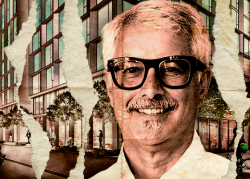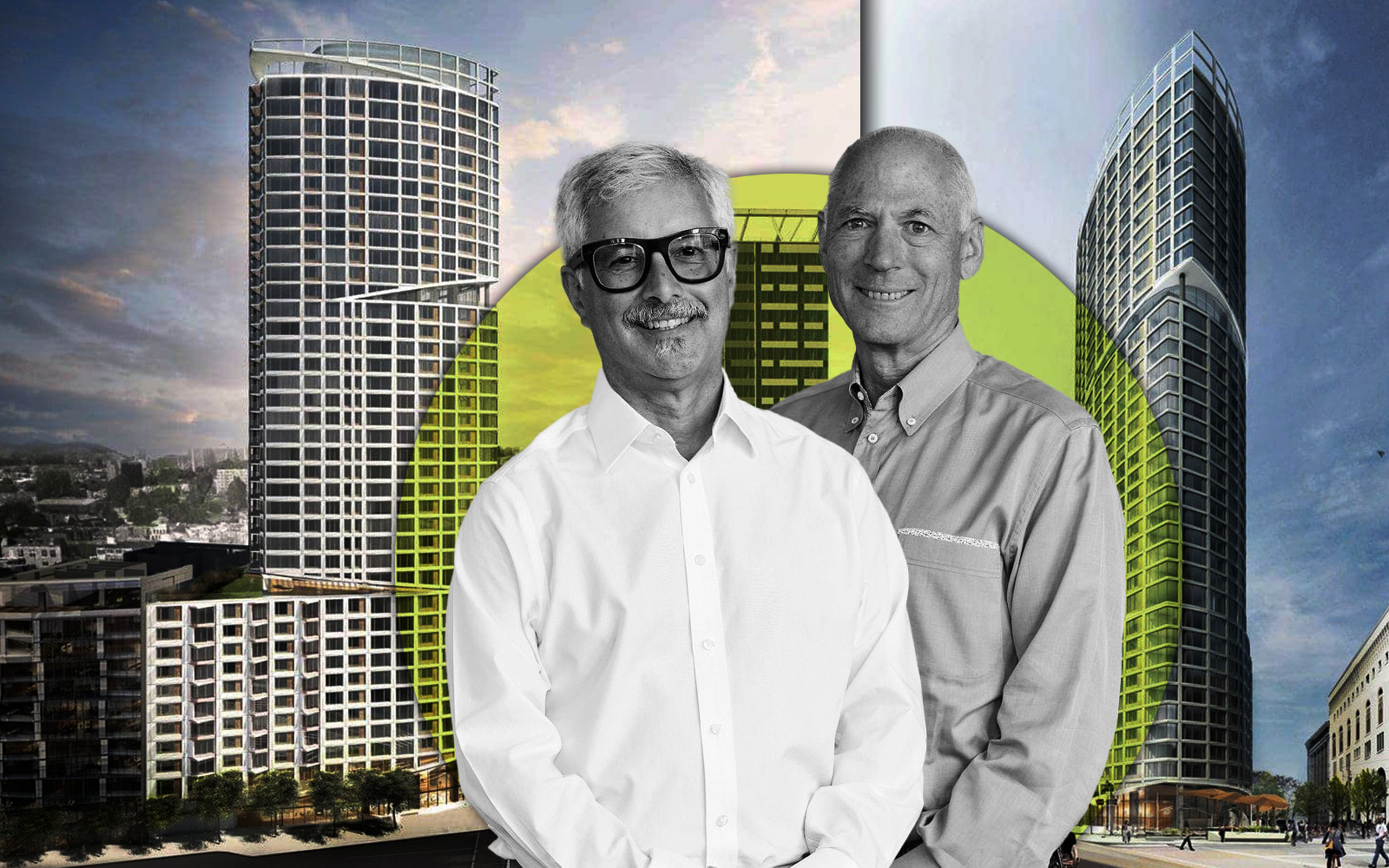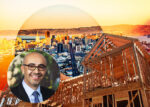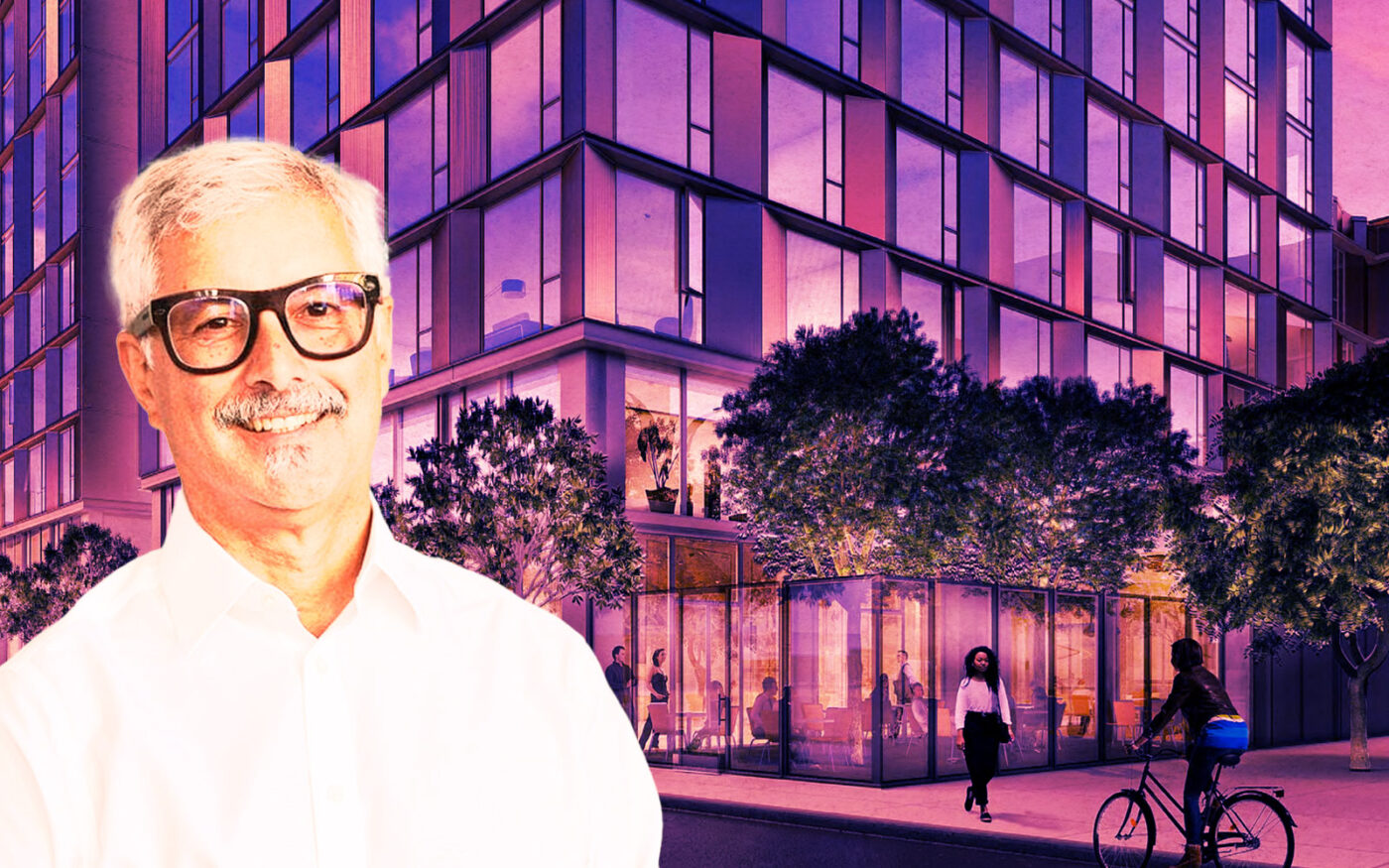A flashpoint in San Francisco’s ongoing YIMBY vs NIMBY wars is likely to be approved next week, a step forward following a controversial 2021 decision by the Board of Supervisors sent the 495-unit apartment project back for additional environmental review.
It nevertheless looks unlikely that the 27-story apartment development, with about 24% affordable housing, will be built anytime soon. In addition to the high construction costs and lack of capital partners plaguing developers across the city, project developer Build Inc., recently turned over another entitled downtown property for 460 units to its creditors.
And some close observers think the tower will never rise. The project’s main opponent, politically powerful affordable housing advocate TODCO, told the San Francisco Chronicle in October that it would stop its fight against the development precisely because it doesn’t believe the apartment tower will be built.
“It would be a waste of time to oppose it—it would be opposing something that doesn’t exist, that never will exist,” TODCO Executive Director John Elberling told the paper when Build refiled plans for the project last fall. “It could never get the rents that would be needed for that project to be financially feasible even before interest rates and construction costs went up.”
Build did not reply to a request for comment and District 6 Supervisor Matt Dorsey—who represents the Mid-Market neighborhood where the project site, currently a Nordstrom parking lot, at 469 Stevenson sits—declined to comment on the viability of the project.
Dorsey replaced former Supervisor Matt Haney. Haney was vocally in favor of the development and rode the pro-housing designation he received to an Assembly seat, beating David Campos, a candidate who voted for more environmental review of the project. Campos also was a supervisor in 2021, and he joined seven colleagues on the San Francisco legislative board who voted in favor of the appeal because they said without more information the project could be seismically unsafe and/or lead to gentrification.
The updated EIR up for approval at the city’s planning commission next week shows that consultants brought in for their expertise and additional data found no validity to either of those concerns, according to Planning’s Jenny Delumo, who led the additional review for the department.
“All project-level and cumulative impacts to geology and soils would be less than significant, and no mitigation is required,” Delumo said via email, and the new gentrification research done for the updated EIR “found that the proposed project would not result in the direct physical displacement of residents or cultural assets, including those associated with the SOMA Pilipinas Filipino Cultural Heritage District, as the project site is a parking lot and does not contain any buildings that house residents, businesses, or community organizations.”
The board’s 2021 decision to prolong the environmental review process that began in 2019 spurred anger from Haney, Mayor London Breed and the State of California Department of Housing and Community Development, which demanded a first-ever inquiry into the city’s housing approval process after the vote.
“We are deeply concerned about processes and political decision-making in San Francisco that delay and impede the creation of housing, and want to understand why this is the case,” HCD Director Gustavo Velasquez said in a statement when the department brought the inquiry forward last summer.
The additional state attention is one reason there has been little controversy surrounding the planned development this time around, according to SF YIMBY’s Robert Fruchtman.
“The Planning Commission has to approve or incur the wrath of the State of California,” he said, adding that just because the project is likely to be entitled “doesn’t mean we will ever see it.”
Fruchtman said many developers continue to go after entitlements even if they have no intention of building the project because “the sunk costs justify” the effort and may be worth something should they decide to sell the approved plans.
Fruchtman said the 2021 decision for additional review garnered so much attention in part because the reasoning behind the appeal was vague and complicated, while the simpler explanation outraged even members of the public who don’t typically tune in to such decisions: the Board of Supervisors chose to keep a parking lot over building housing to appease a powerful lobbyist.
“The nitty gritty of housing politics isn’t usually front page news and when voters see it, they don’t like it,” he said, adding that he didn’t think the supervisors who voted for the appeal had learned much from the high-profile decision—a choice they are making at their own peril.
“I don’t think there’s a moral to this fable,” he said. “Voters will say what they want in the next few elections.”
Read more



